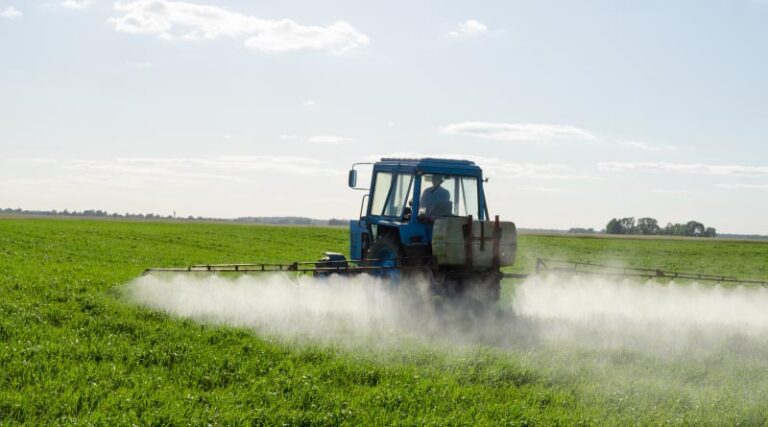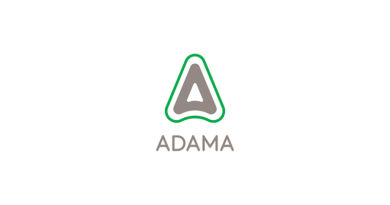
Atrazine Poses No Risk of Extinction to Endangered Species, According to Trump Administration
10 October 2025, Washington: The U.S. Fish and Wildlife Service (FWS) announced yesterday that the highly controversial and dangerous herbicide atrazine does not pose an extinction risk to a single protected animal or plant species evaluated, despite the pesticide’s widespread contamination of the America’s waterways. The Environmental Protection Agency’s initial assessment of atrazine in 2020 had found that it was likely to harm more than 1,000 imperiled species.
The disappointing but unsurprising announcement fits the pattern of the Trump administration’s capitulation to Big Ag and pesticide industry interests. This pattern is clearly illustrated in the MAHA commission’s reports: the first report highlighted health impacts of notorious pesticides, specifically atrazine, which angered the Agribusiness lobby. Caving to pressure from the Agribusiness lobby, the second MAHA report made almost no mention of pesticides, let alone recommending steps to limit their harm. It simply stated the EPA would work to ensure the public is aware of its “robust” pesticide review procedures.
“Yesterday’s announcement makes clear that despite the rhetoric of MAHA, there will be no robust review of the dangers of pesticides by the Trump Administration,” said Sylvia Wu, senior attorney at the Center for Food Safety. “Instead, a toxic poison like atrazine will continue to contaminate our lands and waters, making our children sick for decades to come.”
In its draft biological opinion — a formal assessment used to determine if an action is likely to jeopardize threatened or endangered species or their designated critical habitat — FWS evaluated 530 proposed and listed species. It found that atrazine is “is not likely to jeopardize” 502 of these species. For the remaining 28 listed and proposed species, it determined “further analysis is required to determine the extent of effects, if any.” The public and interested parties now have 60 days to comment on FWS’s findings.
Atrazine, which is banned in 60 countries, is the second most widely used herbicide in the United States. It is a known hormone-disruptor and exposure is linked to birth defects, multiple cancers, and fertility problems like low sperm quality and irregular menstrual cycles. Atrazine is water-soluble, relatively mobile, and persistent. Together with its intensive use, these properties explain why it is widely present in U.S. waterways and is detected in water systems serving nearly 30 million Americans. Nearly 90% of atrazine is used on field corn that people don’t eat, to prop up confined animal feeding operations, and for nonagricultural uses.
Center for Food Safety, along with our allies, previously sued the EPA for approving atrazine in 2020, arguing that before reapproving atrazine, the EPA failed in its legal duty to ensure that the pesticide would not cause unreasonable harm to public health and the environment. In February, CFS joined conservation groups and family farmers in asking a federal court to force the Environmental Protection Agency to take long-overdue action to ensure that the highly controversial and dangerous herbicide atrazine does not continue to pollute the nation’s waters, harming people, wildlife and plants.
Also Read: CropLife India Re-Elects Ankur Aggarwal as Chairman at 45th AGM
📢 If You’re in Agriculture, Make Sure the Right People Hear Your Story.
From product launches to strategic announcements, Global Agriculture offers unmatched visibility across international agri-business markets. Connect with us at pr@global-agriculture.com to explore editorial and advertising opportunities that reach the right audience, worldwide.






